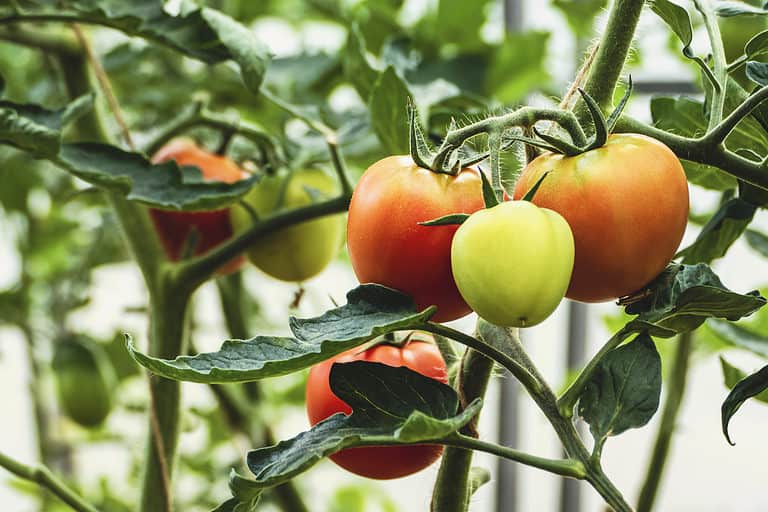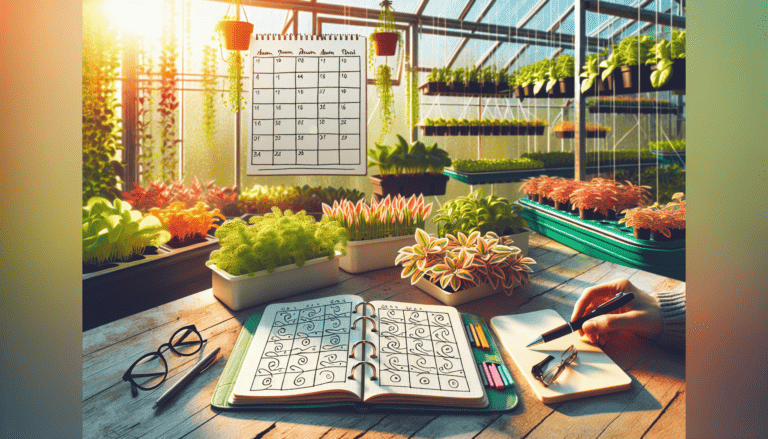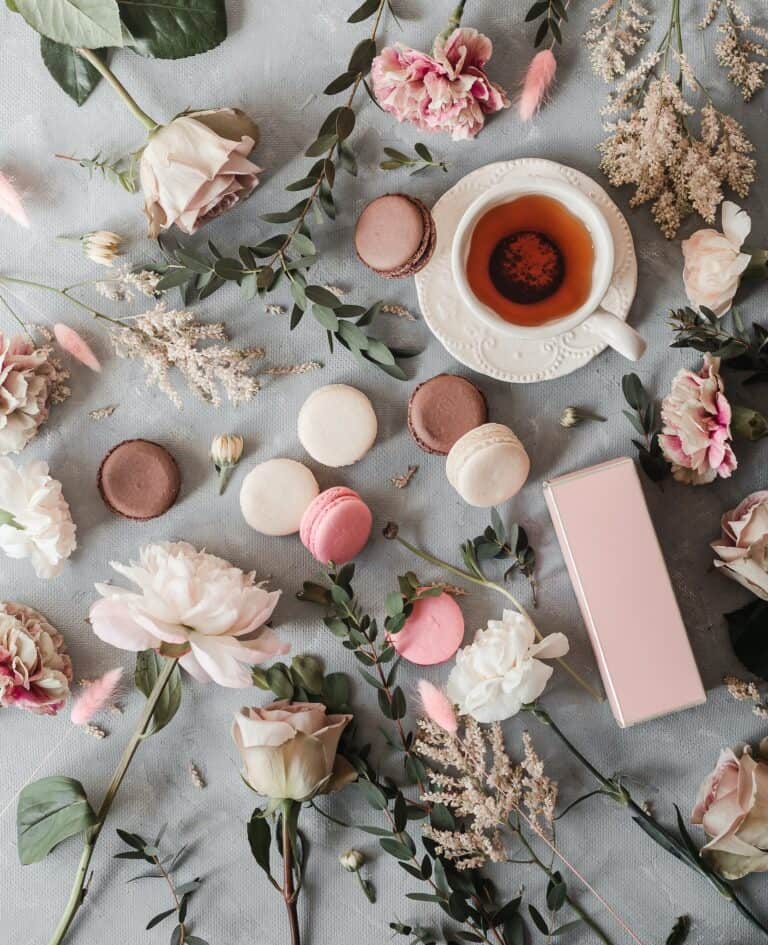Best Tips for Caring for Houseplants: A Practical Guide
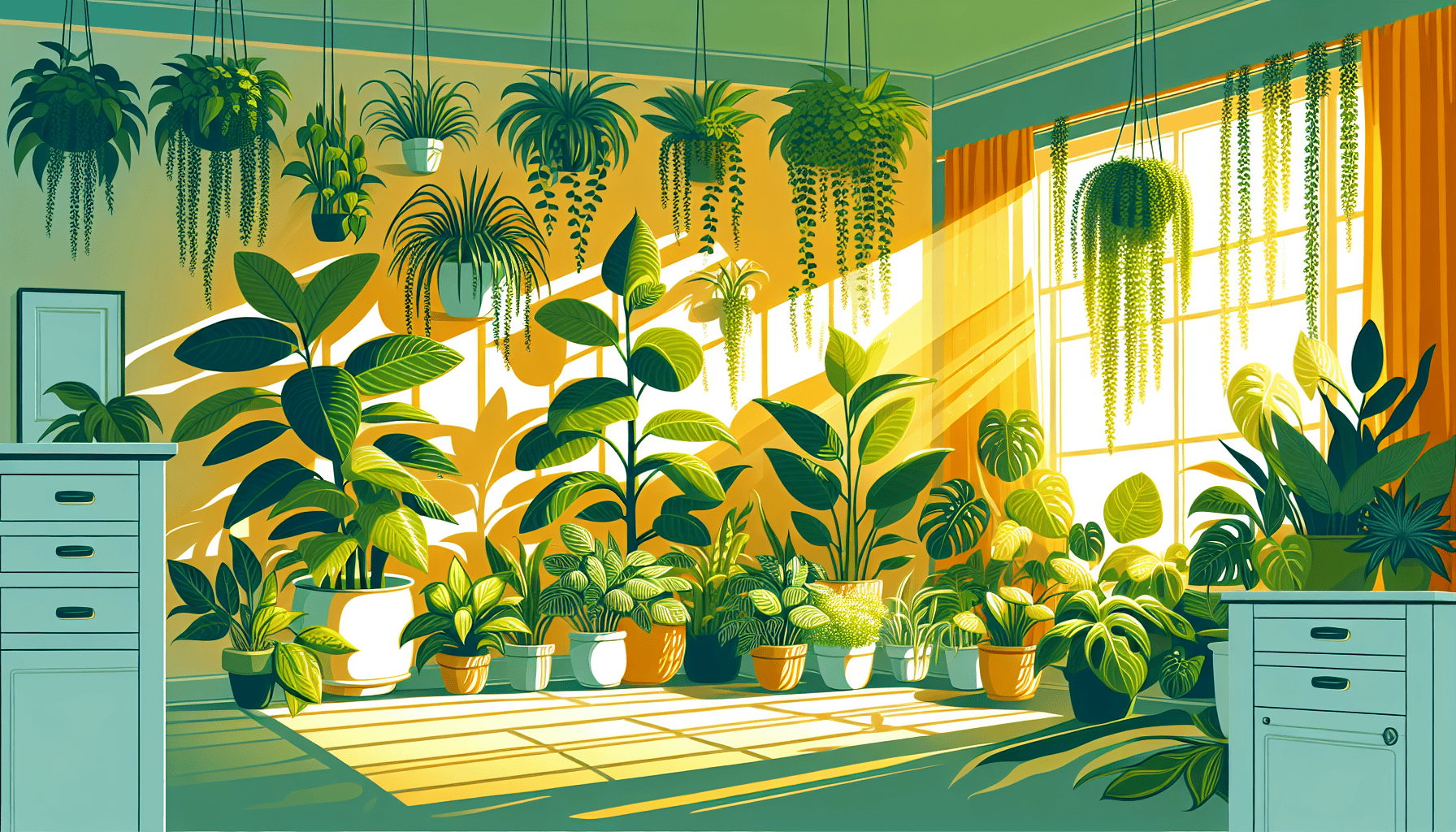
Caring for houseplants doesn’t have to be complicated. This guide will show you how to keep your indoor plants healthy and thriving. We’ll cover everything from selecting the right plants for your home to tips on watering, lighting, soil care, and even seasonal adjustments. Expect practical advice on tackling common issues like pests and diseases to ensure your green friends flourish.
Key Takeaways
Choosing the right houseplants based on your space and lifestyle is essential for a thriving indoor garden.
Understand plant care needs like watering, lighting, and soil to prevent common issues and promote health.
Incorporating houseplants enhances not only the aesthetics of your home but also improves air quality and mental well-being.
Choosing the Right Indoor Plants
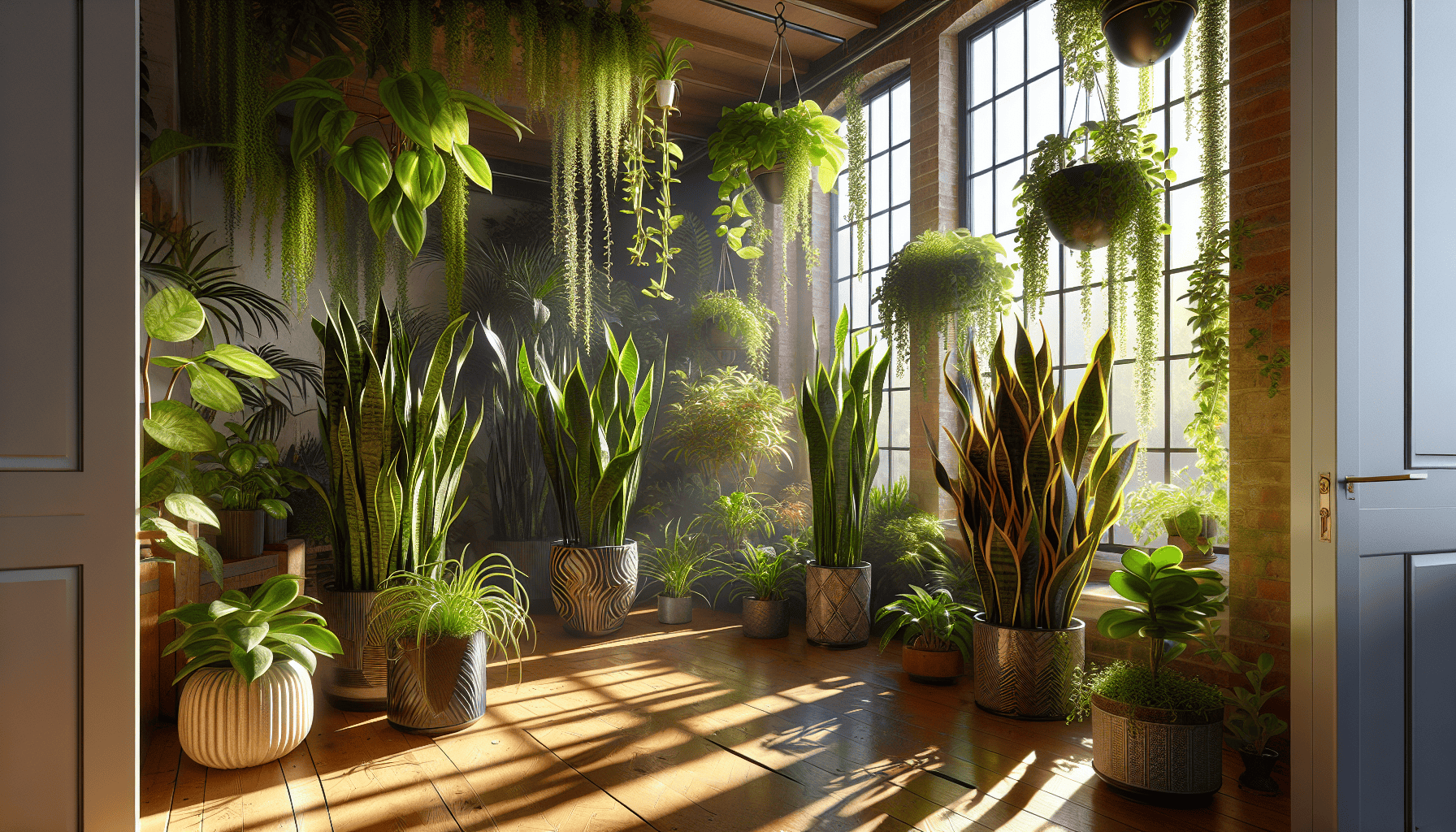
Choosing the ideal plants for indoor cultivation is fundamental to nurturing a successful houseplant collection. It’s crucial to evaluate the light availability and room dimensions in your home, as these factors greatly influence the prosperity of your plant companions. Plants have diverse requirements regarding illumination. For instance, snake plants and ZZ plants are excellent candidates for areas with scant sunlight due to their tolerance of low-light conditions.
Consideration should also be given to how much space you can dedicate to foliage and what style suits your taste best. Space-saving solutions like hanging baskets or greenery displayed on vertical surfaces work wonders in compact quarters while infusing an element of nature into tight spaces.
When selecting which flora will join your living environment, let your personal gardening enthusiasm and commitment level shape that decision. Low-maintenance varieties often make up some of the best choices for those seeking easy-care botanical additions that harmonize well with both their time constraints and residential confines.
Low Light Plants
Even if you’re dealing with low light conditions, there are houseplants that will flourish in the less illuminated spaces of your abode. Take snake plants as an example. These sturdy plants can shoot up to a foot high and offer a visually captivating element to any interior space.
For those looking for drought-tolerant options, ZZ plants are superb candidates. Their thick leaves help them retain moisture effectively, enabling them to prosper even when the light is scarce—just be careful not to water them too much. Spider Plants also make a fine choice since they favor indirect light while being forgiving during dry spells.
Peace lilies complement low-light areas well, but it’s worth noting they aren’t suitable for homes with pets. They don’t just bring beauty into your living area – peace lilies ask little from their caretakers, which makes them perfect for individuals who are either novices at nurturing plants or have hectic schedules.
Medium Light Plants
Indoor plants like rubber plants and peace lilies flourish in environments that receive indirect sunlight, making them well-suited to a variety of indoor spaces. The rubber plant, notable for its shiny green foliage, brings an elegant vibe and is also quite easy to maintain.
Meanwhile, peace lilies not only enhance the air quality indoors, but also offer stunning white flowers when given proper care. These particular plants thrive in areas where light is diffused. East-facing windows are ideal locations for them. Ensuring these plants get the appropriate balance of light and moisture will help them prosper inside your home.
Bright Light Plants
Plants that thrive in bright light necessitate exposure to direct sunlight for their growth and well-being. In this group, succulents and cacti particularly stand out, as they require ample sunlight each day. They are ideal candidates for places receiving a lot of sun, such as windowsills, due to their low watering needs which make them easy to care for while providing an aesthetically appealing touch to your space.
It is crucial with these plants to allow the soil to fully dry out before re-watering in order not to overwater them. Plants suited for bright light don’t just introduce lively green hues, but also offer distinctive shapes and textures within your indoor garden environment. For those who have areas bathed in sunshine and prefer plants that require minimal upkeep, these hardy varieties represent an excellent choice.
Essential Care Tips for Houseplants
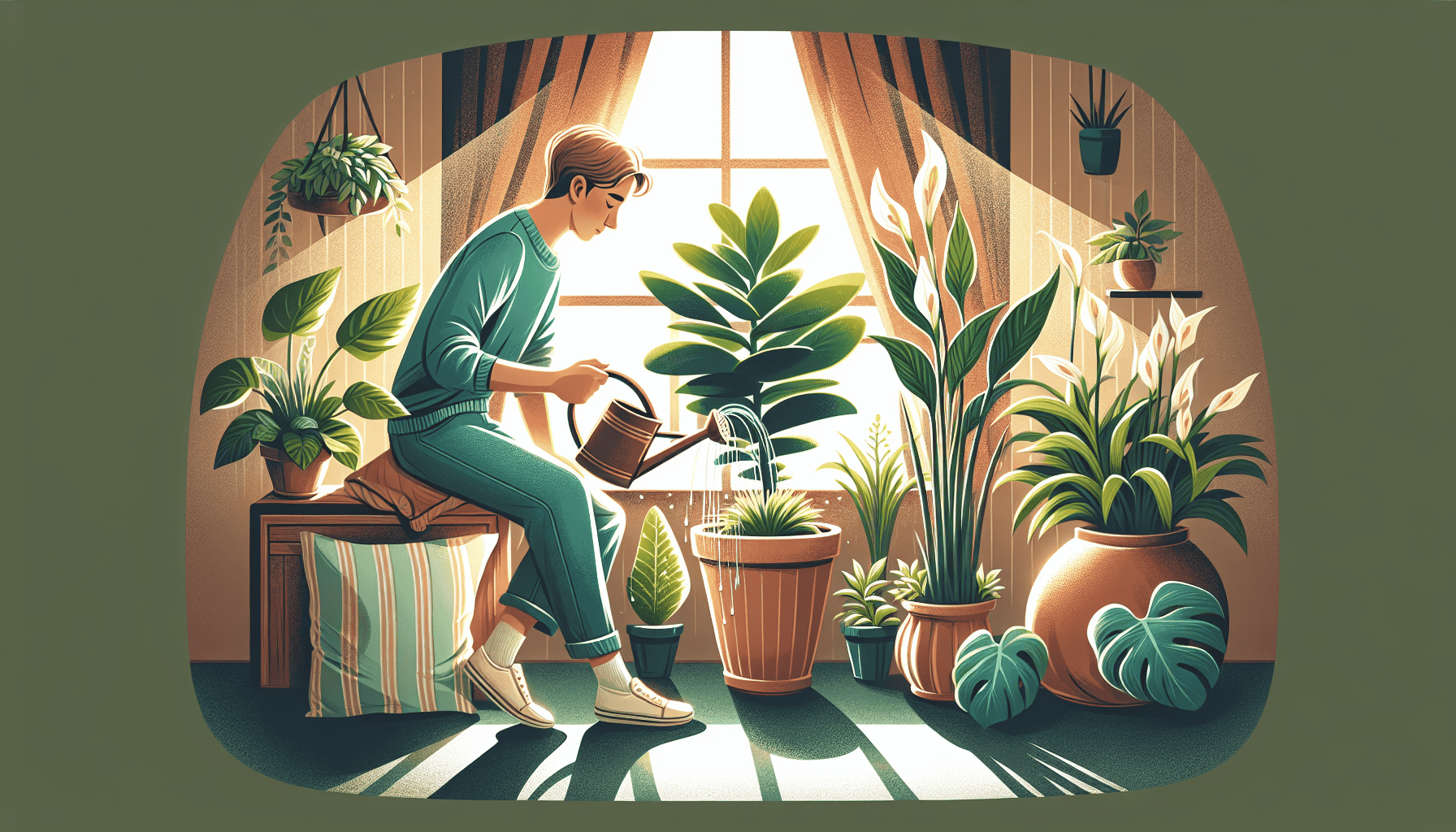
Ensuring your indoor plants flourish hinges on providing the proper attention to their essential needs, which includes sufficient hydration, suitable lighting conditions, and choosing the correct potting soil. Often, it is errors in these crucial areas that cause difficulties such as over or under watering and exposure to poor lighting conditions—these can stress your green friends and make them susceptible to illnesses.
To ward off many common plant issues before they arise, evaluate your home’s light levels and moisture content carefully. Doing so helps maintain robust health among your houseplants. When tended appropriately, they won’t just be aesthetically pleasing but also better equipped to fend off diseases.
Diving deeper into how you water, expose plants to light, and manage soil quality will contribute greatly towards sustaining vibrant growth within our leafy companions.
Watering Techniques
Watering requires a blend of creativity and technical knowledge. Excessive watering is often the culprit for root rot, which can be fatal to plants, especially during the winter months. Before adding water, ensure that at least two inches of soil are dry by testing its moisture level. This practice prevents overwatering. The use of lukewarm water is beneficial as well since it enhances absorption in plants.
Understanding that each plant has unique hydration requirements is vital for their wellbeing alongside regular watering habits. Certain vegetation prospers with soil that remains consistently moist, while others do best when the soil dries out between waterings. By customizing your approach to meet the individual needs of your plants, you’ll help them flourish and maintain their vibrancy.
Lighting Requirements
The health of an indoor plant is significantly influenced by lighting conditions, which can range from faint to strong brightness depending on the species. For example, philodendrons are partial to diffused light, whereas peace lilies prosper when placed near windows facing north. Typically, plants adorned with leaves need about 8 hours of daily illumination for optimal growth and well-being.
During winter months when natural sunlight becomes scarce, it’s advisable to reposition your plants nearer to the windows or consider utilizing artificial grow lights as a compensatory measure for their lighting requirements. By ensuring your plants receive an adequate amount of light, you will foster their robustness and prevent prevalent problems such as the discoloration of leaves or inhibited development.
Soil and Potting Mix
Selecting the appropriate potting soil is essential for the well-being of your plants. Ensuring that it allows proper drainage is key to avoiding water accumulation and subsequent root rot. Indications of inadequate drainage, such as leaves turning yellow, can suggest a lack of necessary nutrients due to poor soil conditions. It’s important when repotting to opt for a potting mixture that caters specifically to the needs dictated by your particular plant species.
It’s beneficial to repot your plants periodically, typically between every 12 and 18 months, which contributes towards providing them with new soil and ample room for their roots’ expansion. By maintaining correct soil conditions and timely repotting when required, you can keep your plants in robust health allowing them to flourish optimally.
Maintaining Optimal Air Quality with Houseplants

Houseplants not only serve to adorn your living area, but also play a vital role in enhancing air quality. They are adept at cleansing the air by trapping contaminants and expelling oxygen. This capability allows them to take up hazardous substances such as formaldehyde and volatile organic compounds (VOCs), fostering a more salubrious atmosphere within your home. Certain varieties of plants like succulents have the added benefit of elevating humidity levels.
By integrating houseplants into your residence, you do much more than improve its visual appeal. You substantially elevate the quality of indoor air. It’s worth delving into which plants are most effective at purifying air and discovering their optimal placement for utmost impact on our breathing environment.
Best Plants for Air Purification
Some plants have an exceptional ability to clean the air inside homes. Notably, peace lilies excel at eliminating harmful substances such as formaldehyde, benzene, and carbon monoxide from the environment. English ivy is renowned for its capacity to purify the air by reducing airborne fecal particles and absorbing formaldehyde.
Golden pothos stands out for its proficiency in eradicating toxic elements from indoor air. Opting for these types of plants not only enhances your living space with their aesthetic appeal, but also contributes to a more healthful atmosphere due to their low maintenance nature and superior air purification qualities.
Positioning Plants for Maximum Effect
By thoughtfully arranging your houseplants in various parts of your home, you can optimize their air-purifying potential. Ensure that each plant is situated where it gets the right amount of light to thrive, such as living areas or near electronics and along hallways for those varieties suited to purify the air.
Taking care with the placement and maintenance of your plants significantly enhances their ability to cleanse the indoor atmosphere, creating a more invigorating living space. This not only bolsters air quality, but also introduces an element of natural beauty throughout different rooms in your residence.
Seasonal Care for Indoor Plants
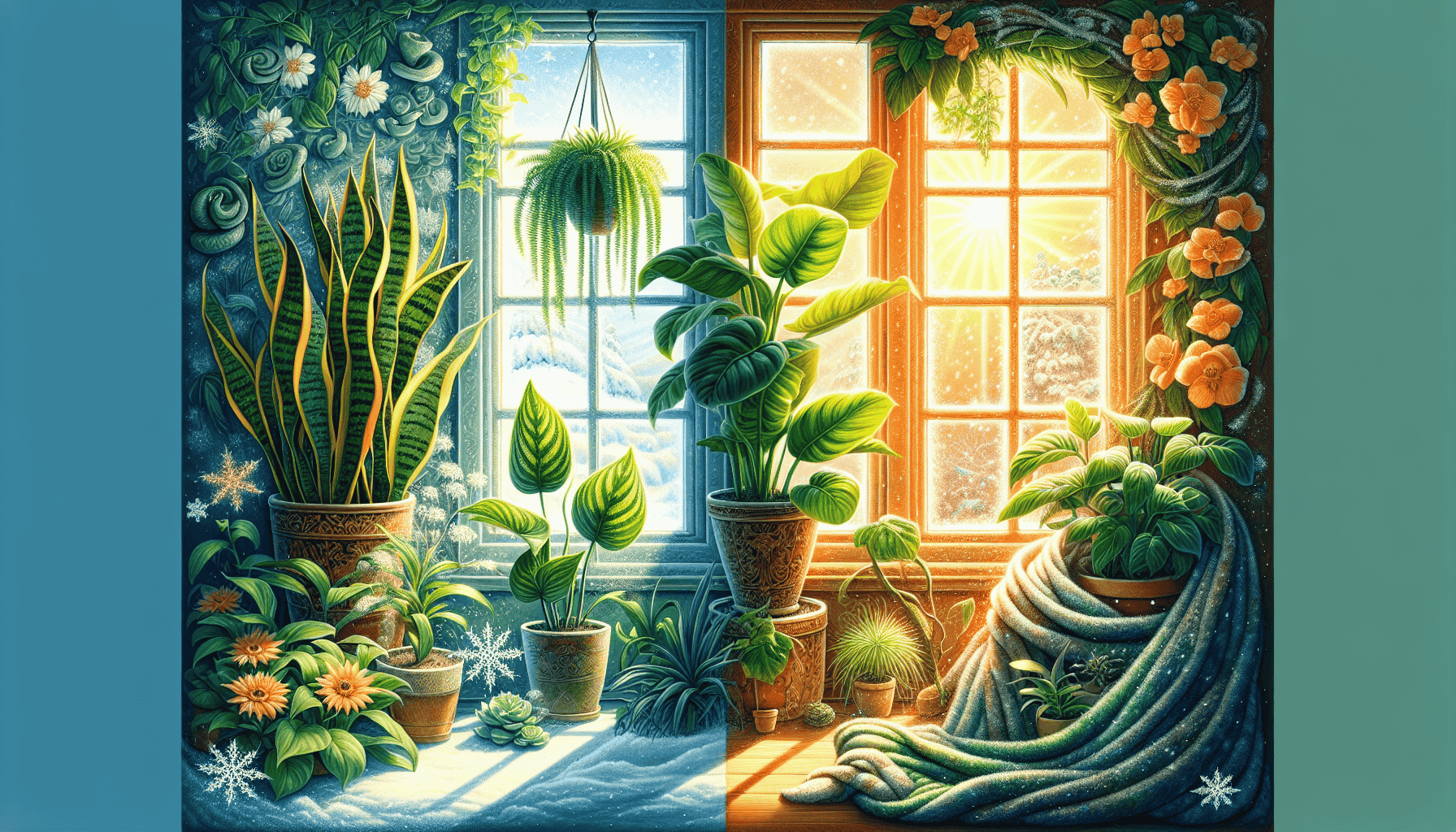
It’s essential to modify your care regimen for indoor plants as the seasons change, since each period brings its own set of challenges and benefits for your green friends. For example, refreshing their soil and providing ample room for growth is achieved by repotting them every 12 to 18 months.
To guarantee that your plants flourish throughout the year, you must tailor your maintenance strategies to meet their seasonal requirements. We will explore detailed approaches to nurturing your plants during both winter and summer so that they remain in peak condition regardless of the climate changes.
Winter Months
During the winter months, caring for indoor plants can be more demanding due to lower light levels. To compensate for this, one might consider using grow lights as a supplemental lighting source to ensure that your plants receive the required amount of light. During this time when plants may enter a dormant phase because of less light availability, they often need watering less frequently.
It is important to safeguard your indoor plants from cold drafts and proximity to heating sources which can cause them stress and harm in the winter season. With some additional attention throughout these colder months, you’ll be able to maintain the health and liveliness of your indoor greenery until spring makes its welcome return.
Summer Care
During the summer months, it is essential to shield houseplants from harsh sunlight to prevent damage such as leaf burn. To keep plants cool and avoid stress from excessive heat, consider moving them into shadier areas or bringing them indoors. Due to elevated temperatures and increased evaporation, you might also need to water your plants more frequently.
Modifying how you care for your indoor plants in response to the summertime climate can maintain their well-being and vibrancy. By adopting this adjusted approach tailored for seasonal changes, your plants will be able to thrive indoors throughout the entire year.
Preventing and Treating Common Houseplant Issues
To keep your indoor garden flourishing, it is crucial to prevent and manage typical issues that affect houseplants. Conducting consistent check-ups will allow you to detect concerns such as pest infestations, diseases, or a lack of necessary nutrients at an early stage. It’s particularly important to be mindful about watering. Excessive water can lead to complications like root rot.
Being attentive and taking swift action can help mitigate problems before they become severe, ensuring the vitality of your plants. Now we will delve into targeted approaches for managing pests, controlling plant diseases, and correcting nutrient imbalances in your greenery.
Pest Control
It is essential to maintain pest-free houseplants for their well-being. Using insecticidal soap is an efficient way to deal with invaders such as aphids and spider mites on your plants. Should any pest survive the first round of treatment, continue spraying periodically to deal with any new hatchlings.
Consistent monitoring of your plants for unwanted guests and swift intervention ensures that they remain free from infestations and in good health.
Disease Management
It is essential to keep an eye out for indications of disease in plants, as numerous pathogens that affect them are not immediately apparent and can lead to considerable harm. Symptoms such as leaves turning yellow or the presence of spots on the leaves suggest fungal infections which need quick action. Maintaining proper air flow and preventing too many plants from being too close together can help avert these illnesses.
Vigilance and proactive steps are key to protecting your plants against prevalent diseases.
Nutrient Deficiencies
Deficiencies in nutrients often present as discoloration of plant foliage, for example, nitrogen shortages result in yellow leaves and insufficient iron can cause chlorosis, characterized by green veins on otherwise yellowing leaves.
Ensuring that your indoor plants receive the appropriate fertilizers specifically designed for them is essential to prevent over-fertilization while correcting nutrient imbalances. This practice helps maintain the lushness and vitality of your plants so they can flourish indoors.
Enhancing Mental Health with Houseplants
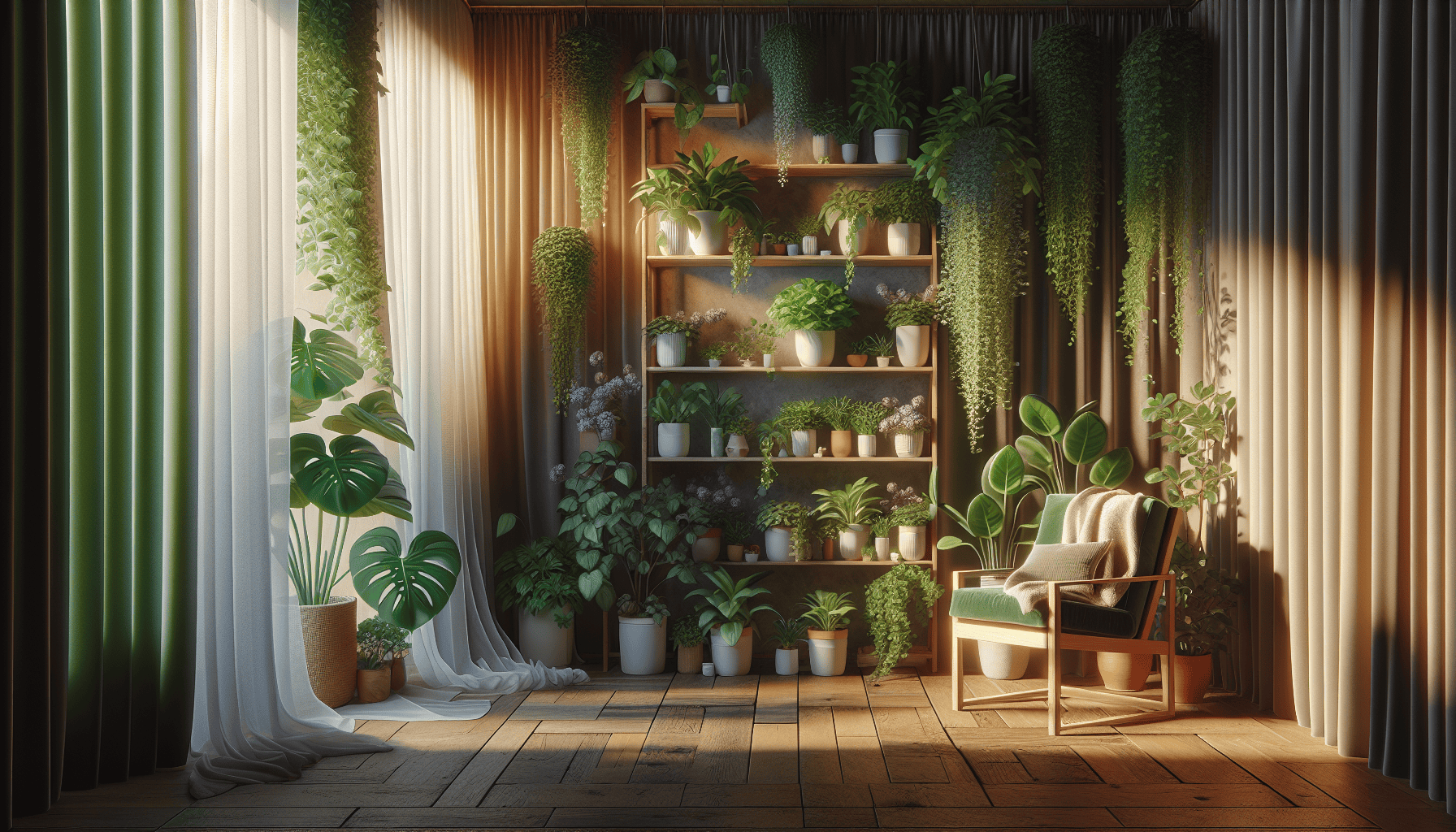
Maintaining houseplants can significantly boost mental health by enhancing memory and cognitive functions, lowering stress and anxiety levels, improving mood, and sharpening concentration. These plants foster a tranquil haven that diminishes worry and fear while delivering soothing effects in moments of high stress. They play an essential role indoors by taking in carbon dioxide, purifying the air from pollutants, emitting oxygen, and aiding in maintaining mental clarity—all contributing to fostering a mentally positive atmosphere.
Incorporating the practice of cultivating herbs within your living space not only mitigates feelings of anxiety, but also stimulates enthusiasm for cooking more frequently—activities which both have beneficial ramifications on one’s psychological well-being. By weaving houseplants into your everyday routine, you open yourself up to experiencing increased serenity focus, and joy.
Stress Relief
Engaging with houseplants can decrease levels of cortisol, the primary hormone associated with stress, thereby promoting a sense of refreshment. Research suggests that individuals experience increased relaxation and diminished anxiety after engaging in activities involving plants as opposed to those centered around technology.
Introducing plants into one’s living space fosters a serene ambiance that aids in lowering stress and encourages a state of calmness.
Boosting Mood and Focus
Being around houseplants is associated with heightened feelings of joy and an overall improvement in the sense of life fulfillment. Studies suggest that time spent with plants can boost one’s mood and improve their ability to concentrate.
Adding plants into your home or office environment nurtures a feeling of achievement while simultaneously elevating both mood and concentration levels.
Integrating Houseplants into Interior Design
Incorporating plants into your home decor not only boosts the visual appeal but also serves practical purposes. Plants introduce layers and dimensions to a room, acting as eye-catching centerpieces while fostering an atmosphere of wellness. Strategically placing houseplants at diverse levels and configurations can revitalize any living space into an engaging and welcoming area.
Exploring various plant presentation techniques like hanging baskets, terrariums, and high-standing pots allows for a remarkable aesthetic transformation that mirrors your unique taste. Let’s delve into crafting fashionable displays with plants that complement your interior design scheme.
Stylish Plant Displays
Elegant displays of plants can elevate the visual appeal and atmosphere of any indoor area, fostering a feeling of wellness. Hanging baskets are an outstanding option for conserving space while delivering a cascading aesthetic that enriches your plant arrangements with depth. For areas in need of vertical interest or corners craving height, tall planters serve as perfect tools to draw attention skyward.
Terrariums present an intriguing opportunity for housing plants within their own distinctive enclosed spaces, enabling innovative layouts with low upkeep demands. By exploring different techniques for showcasing plants, you have the ability to craft strikingly beautiful interiors that mirror your individual taste and amplify the overall charm of your dwelling.
Matching Plants with Decor
Incorporating the appropriate plants into your living space can elevate the aesthetic and create a more unified and pleasing atmosphere. The ZZ plant is particularly suited to enhance an industrial-style setting with its robust, low-maintenance character. In rooms showcasing Mid-Century Modern decor, introducing a Monstera Deliciosa can add dramatic flair with its distinctive foliage.
Opting for a Norfolk Pine complements Japandi-themed interiors perfectly by blending simplicity with organic coziness. Thoughtfully pairing your houseplants with your home’s style elements fosters an environment that exudes elegance while offering a welcoming and relaxed feel.
Summary
Nurturing indoor plants can be a fulfilling experience that not only beautifies your living area, but also elevates the quality of air and contributes to mental health. Choosing appropriate houseplants for the light available, giving them adequate care, and incorporating them into your home decor allows you to cultivate a flourishing green space within your abode. Embrace this advice, and observe as these verdant companions thrive—infusing happiness and tranquility into your daily existence.
Frequently Asked Questions
What are the best indoor plants for low light conditions?
In the quest for indoor plants that thrive in low light conditions and require minimal attention, snake plants, ZZ plants, and spider plants stand out as ideal selections.
Enhance your environment with ease using these hardy and attractive plant varieties!
How often should I water my houseplants?
Ensure the well-being of your houseplants by consistently monitoring the moisture levels in their soil, and only administer water when you observe that the uppermost two-inch layer has become dry.
This method is key to avoiding excessive watering while fostering robust growth!
Which houseplants are best for improving air quality?
Consider enhancing the air quality inside your home by introducing plants such as peace lilies, golden pothos, and English ivy.
Not only will these plants add aesthetic appeal to your living space, but they are also instrumental in cleansing the air, thus fostering a more healthful atmosphere for you.
How can I protect my houseplants during the winter months?
Ensure the well-being of your houseplants during winter by providing additional lighting, cutting back on watering frequency, and shielding them from both chilly drafts and direct heat sources.
Adopting these measures will support your plants in flourishing despite the lower temperatures!
What are some stylish ways to display houseplants in my home?
To enhance the aesthetic of your home, think about displaying your houseplants in chic hanging baskets, lofty planters, and enchanting terrariums.
Not only do these choices conserve room, but they also heighten the style quotient by adding layers and captivating visual interest to your decor!

